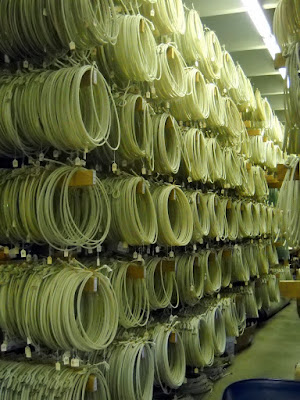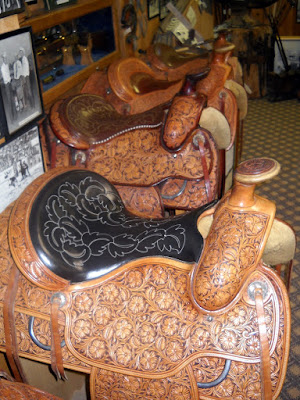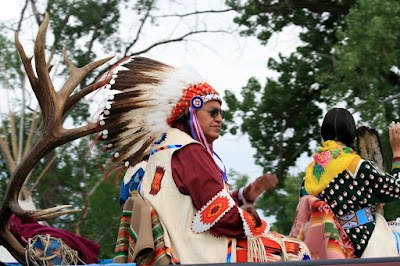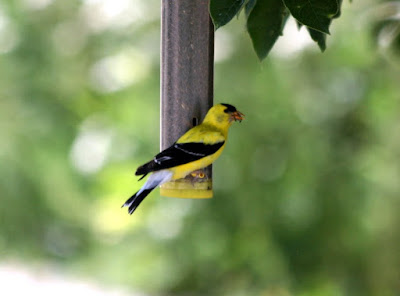"Retirement isn't the end of something, it's the beginning." That is part of what we heard earlier today while watching CBS Sunday Morning. (I know, it's Monday. Isn't a DVR wonderful?) The story segment was about creative retirement. A retired college professor, who advised people about retirement before he retired, said, "Something special should happen at this stage of life."
That has certainly been true for us. We retired in 2003, at the age of 60. For most of John's working life, he had been on call 24 hours a day, whether it was the Boulder Police Department, our funeral home in Castle Rock, or the congregations in the churches John served. The phone could ring at any time. People had all sorts of expectations of us. Increasingly, in our last working years, we had left town in our RV without telling anyone except my mom and our son Eric where we would be or how to contact us. That was to insure some real peace and relaxation. So it was natural to escape and live a new life in our RV, since there we had found such a fun lifestyle there.
We have toured
We have learned to explain what it meant to "Take the Baths" at
We have shopped in Fred Meyer and Sobey's stores, as well as IGA and mom and pop grocery stores and Wal-Mart. The grocery store has been across the street and it has been 50 miles away.
The Sunday Morning story said people are doing all sorts of things in retirement that they haven't done before. They are volunteering, starting new projects or businesses, taking classes. That has certainly been true for us. Most of our working lives was lived in offices and working with people, all within about 100 miles of where we were born. Since retirement we have done a lot of manual labor and learned about so many aspects of life we had not known before.















































 Later that day, John and I talked to a man (we guess he owns the wheat field) and he said they harvested 71,000 bushes of wheat up there.
Later that day, John and I talked to a man (we guess he owns the wheat field) and he said they harvested 71,000 bushes of wheat up there. According to the Big Horn County News on July 30, “Dryland wheat harvest is in full swing with winter wheat doing well, Scott Schubert (of Big Horn Ag Services) said. ‘We’re coming in at anywhere from 40 to 70 bushels per acre with the average being about 50-60 bushels per acre.’…According to the United States Department of Agriculture, Big Horn County has about 134,000 acres of wheat being grown.” This story would indicate that nearby field we saw being harvested was somewhere between 1000 and 1775 acres.
According to the Big Horn County News on July 30, “Dryland wheat harvest is in full swing with winter wheat doing well, Scott Schubert (of Big Horn Ag Services) said. ‘We’re coming in at anywhere from 40 to 70 bushels per acre with the average being about 50-60 bushels per acre.’…According to the United States Department of Agriculture, Big Horn County has about 134,000 acres of wheat being grown.” This story would indicate that nearby field we saw being harvested was somewhere between 1000 and 1775 acres.

 and Black-headed Grosbeaks.
and Black-headed Grosbeaks.
